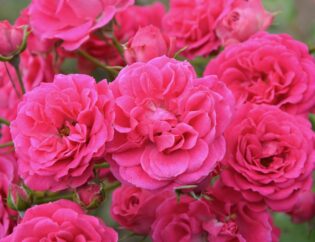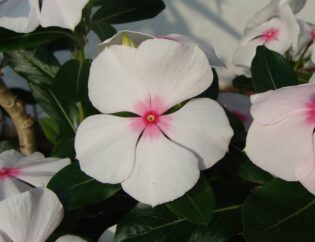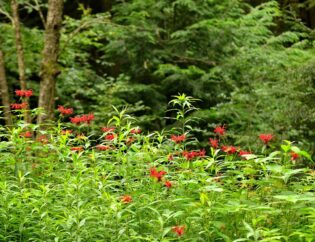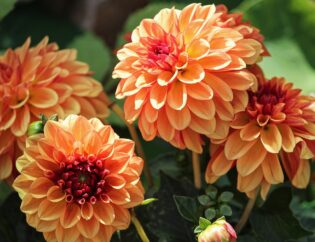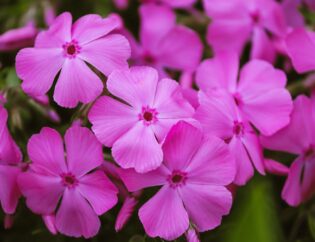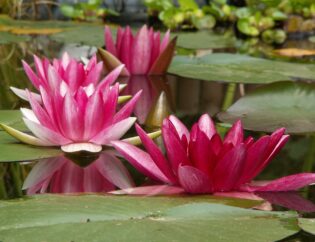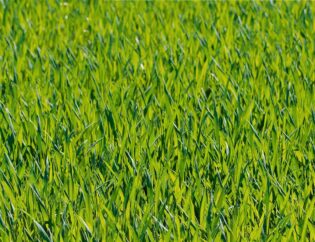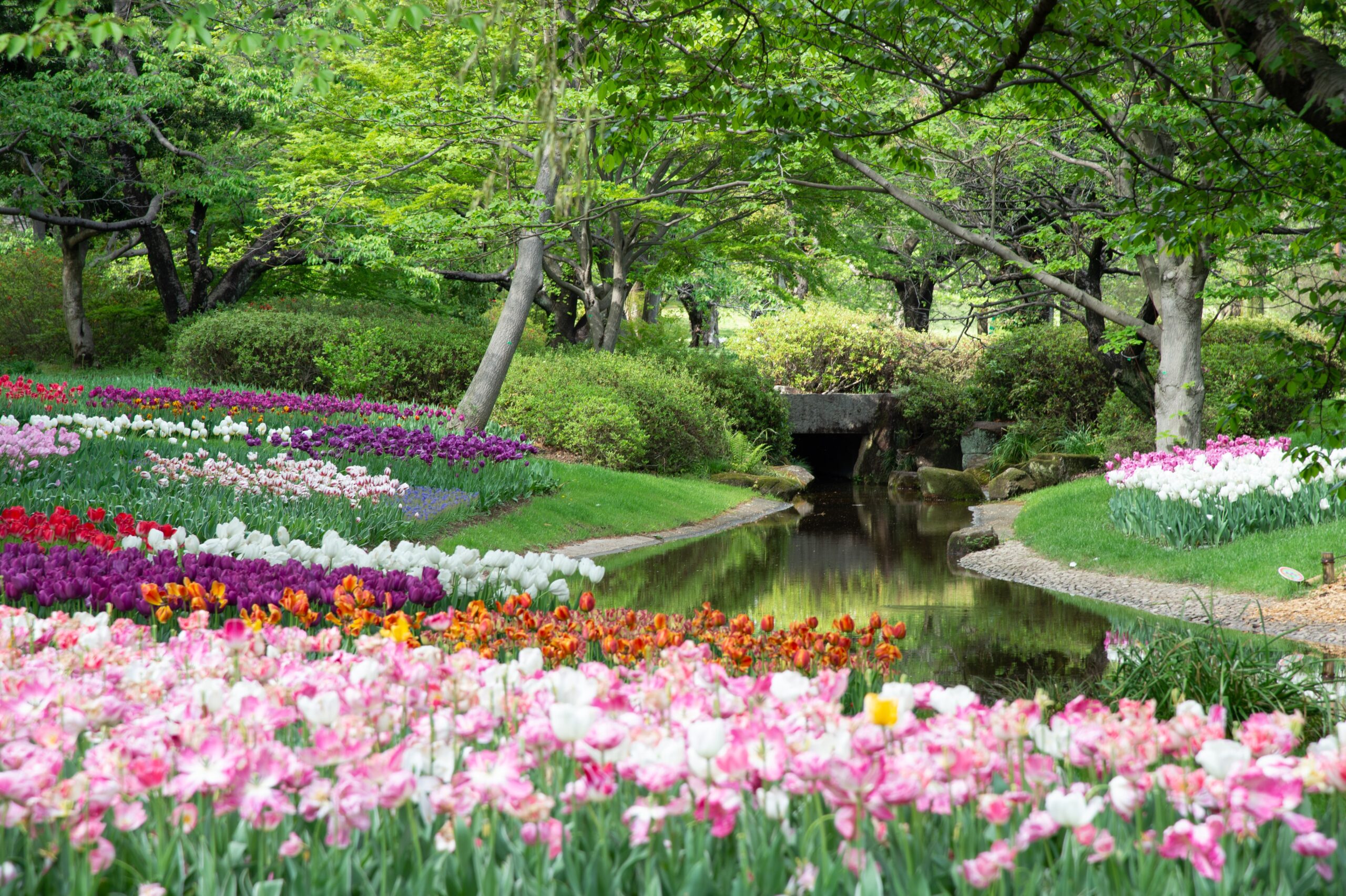
Homeowners take note — spring is almost here! For those who want a beautiful, lush, green lawn this summer, there are a few spring lawn care steps that are important to complete. They don’t take too much of your time and will make a world of difference when summer comes.
Rake Away Debris and Thatch
Even homeowners who do an amazing job of raking up leaves in the fall will need to rake deeply in the spring. Thatch, a mixture of dead turfgrass and other debris, will still have accumulated. Once it becomes more than ½ thick, it can threaten the health of the lawn.
It usually isn’t necessary to dethatch the lawn with power equipment. In fact, dethatching too aggressively can damage the grass roots if not needed. Raking deeply with a metal rake is usually enough to do the trick.
Get the Soil Tested
Grass grows best in soil with a neutral pH. Soils that are too acidic will be prone to moss growth and grass may not grow well in soils that are too alkaline.
Homeowners can spread additives such as lime or elemental sulfur to adjust the pH if needed. Find out what kind of additive and how much is necessary for specific soil by testing the soil and calling the local cooperative extension office.
Check for Patches and Thin Spots
Check the lawn carefully for patches or thin spots. Dogs rolling or people walking over the same area of grass can wear it down.
It is preferable to overseed (spread new seed over existing grass for a fuller lawn) in the fall for cool-season grasses. However, most of the lawns around Atlanta are warm-season types and benefit from a spring application.
Scatter new grass seed across the thin areas and add a quick-release nitrogen fertilizer. Keep the area moist until the grass is actively growing.
Fertilize as Needed
When it comes to fertilizing, the number one rule is to only apply when the grass is actively growing. A dormant lawn will not make use of fertilizer, but weeds sure will! To avoid feeding unwanted weeds, wait for the growing season.
The first step is to test the soil and get to know your lawn’s needs. Consistent, correctly-dosed, applications are best for lawn health. Avoid excessive amounts that can lead to the dreaded yellow patches known as “fertilizer burn.”
Homeowners can also use fertilizer from organic sources such as compost or ground up grass clippings if desired.
Aerate in Late Spring
Spring lawn care typically doesn’t include aerating the soil in other parts of the country. However, warm season grasses, which are the most common types of grass in the Atlanta area, benefit from aeration in the spring.
This is especially true if the lawn sees a lot of traffic from pets or people. The heavy traffic compacts the soil and makes it hard for the grass to grow. Aeration opens it up again so light, water, and nutrients can get to the roots. Aeration is commonly done before overseeding.
Inventory Lawn Care Tools
How frustrating it is to set aside a Saturday to get the lawn chores out of the way, only to find that tools need repair or supplies are missing! Take a moment to go through the needed spring lawn care steps and check the inventory before planning to work in the yard.
With a list in hand, it’s easy to stop by the garden center on the way home from work one night. This avoids wasted time running to the store on lawn care day. For more information, check out our essential lawn care equipment guide here.
Stay Vigilant for Pests and Disease
Atlanta lawns are the perfect home for a variety of pests. For example, fire ants, mole crickets, army worms, and grub worms are all commonly seen in the area.
All of these creatures are incredibly destructive and can ruin a healthy lawn very quickly. Keep an eye out for mounds indicating a fire ant nest or brown, splotchy patches indicating that something is feeding on the grass roots.
Provide Lawn Care as Needed
Once the main spring lawn care tasks are out of the way, it’s merely a matter of maintenance for the summer.
Grass grows at different rates throughout the year. In early spring, mowing the lawn every other week might be sufficient. However, by the time summer rolls around, weekly mowing will be needed to keep the lawn looking sharp.
Maybe You’ve Got Other Weekend Plans?
We’re here to help. At Atlanta Turf & Tree, we take pride in a job well done and have been crafting beautiful, lasting landscapes since 2007. With over 35 years of combined experience, our landscaping services experts are standing by to assist with your next project.
